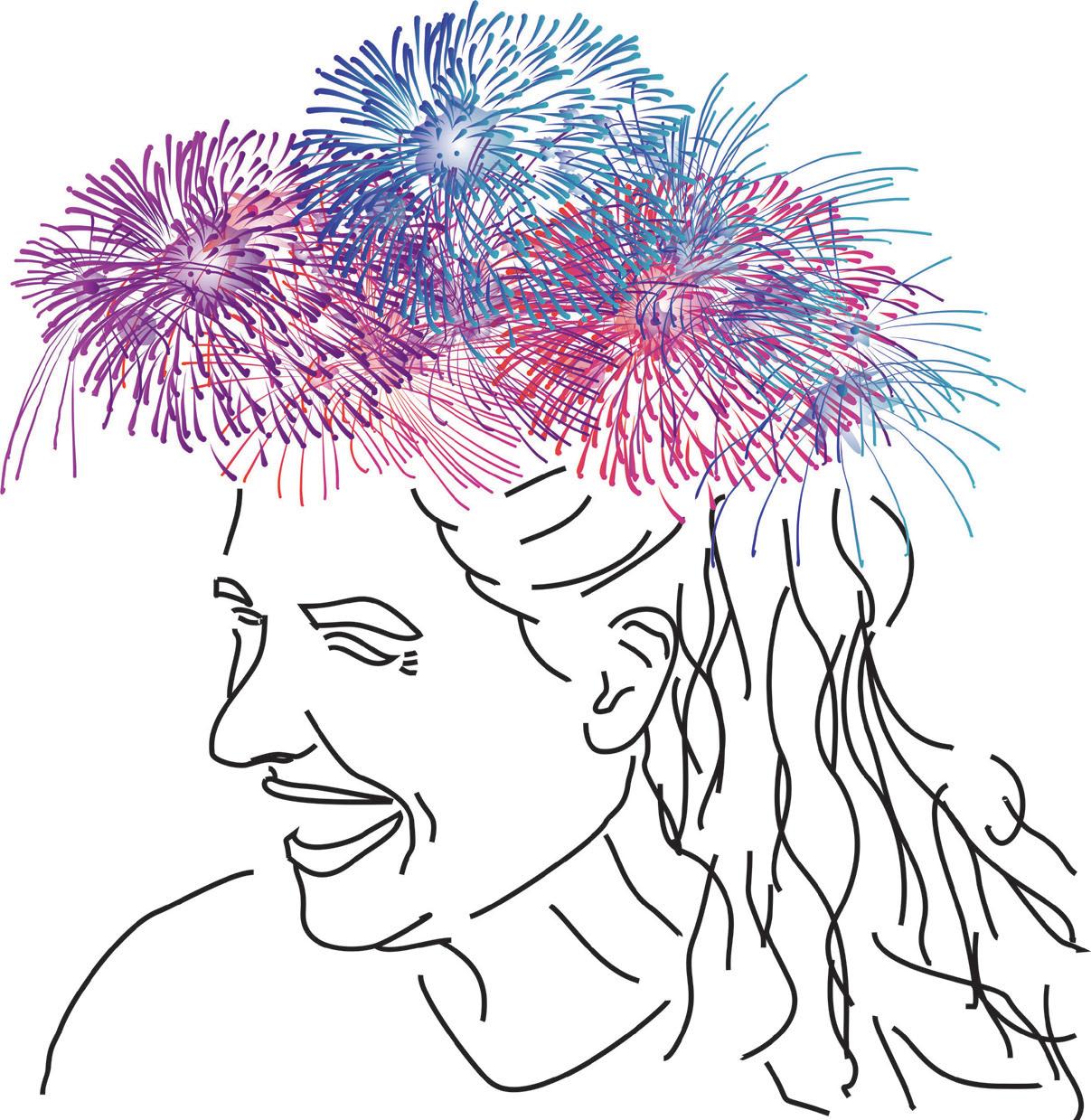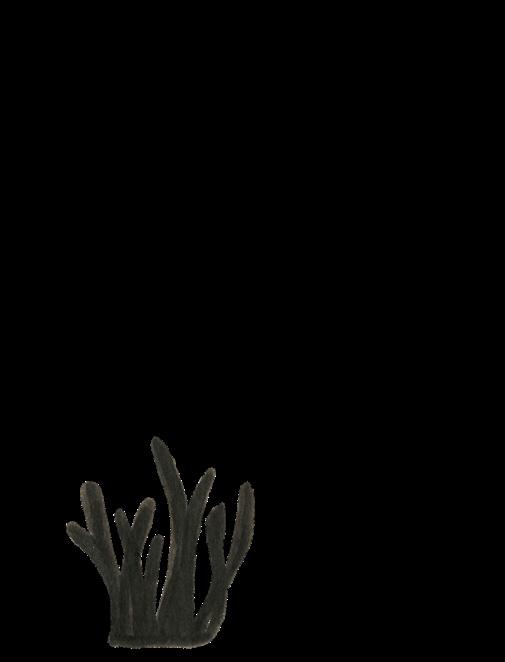
12 minute read
Op avontuur in het verhaal
Preet’s Thread
Text Manpreet Brar Image Rozan Snoek
Advertisement

In pursuing her dream of my wedding, my mom shows me a picture of a person and starts selling this possible suiter. I look at her, annoyed, and tell her: ‘Eh no, that’s not the one.’ Please stop. The next day I decide to visit my great-aunt. When I come in, there is already one cup of Indian tea, chaa, waiting for me. I take a sip and before I can take in the soothing sensations of the cardamom and cloves, my aunt asks: ‘Isn’t it time for you to get married? Your sister has been married for a long time.’ Here we go again: ‘Yes, will you find me a partner?’ With a curious look she asks what I am looking for in a man. I know the old-school division of roles between men and women in her mind. However, I decide to tease her. ‘Well, he has to make roti, make tasty chaa and have studied, preferably social studies or humanities.’ She looks at me and while she bursts
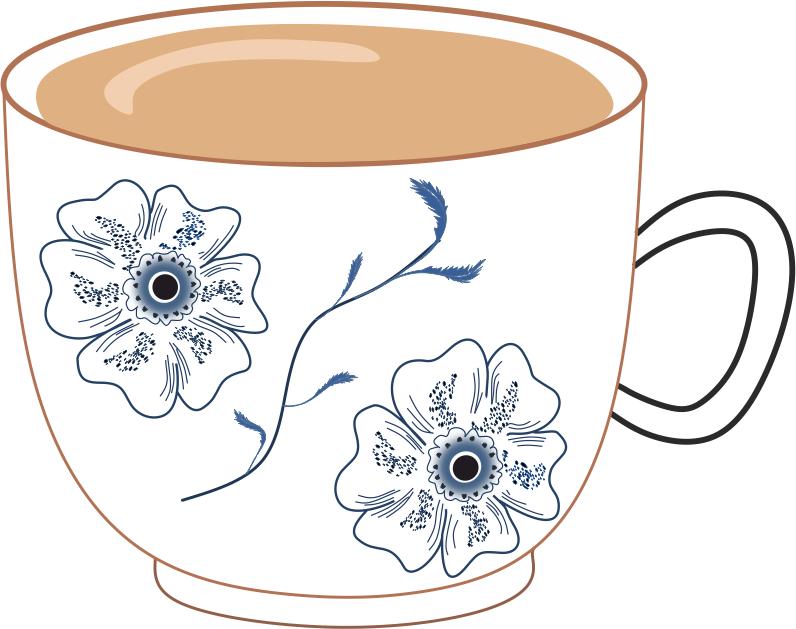
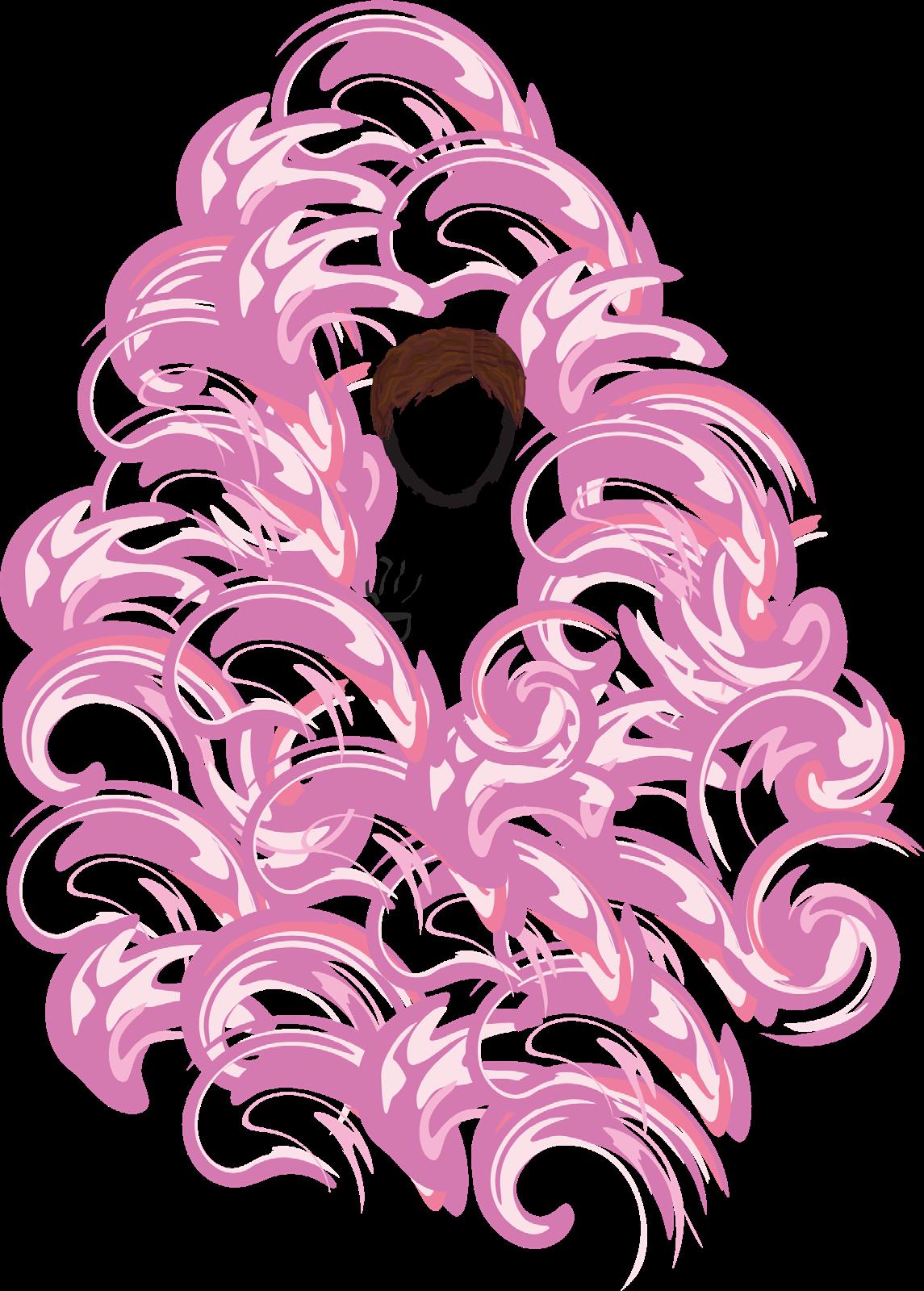
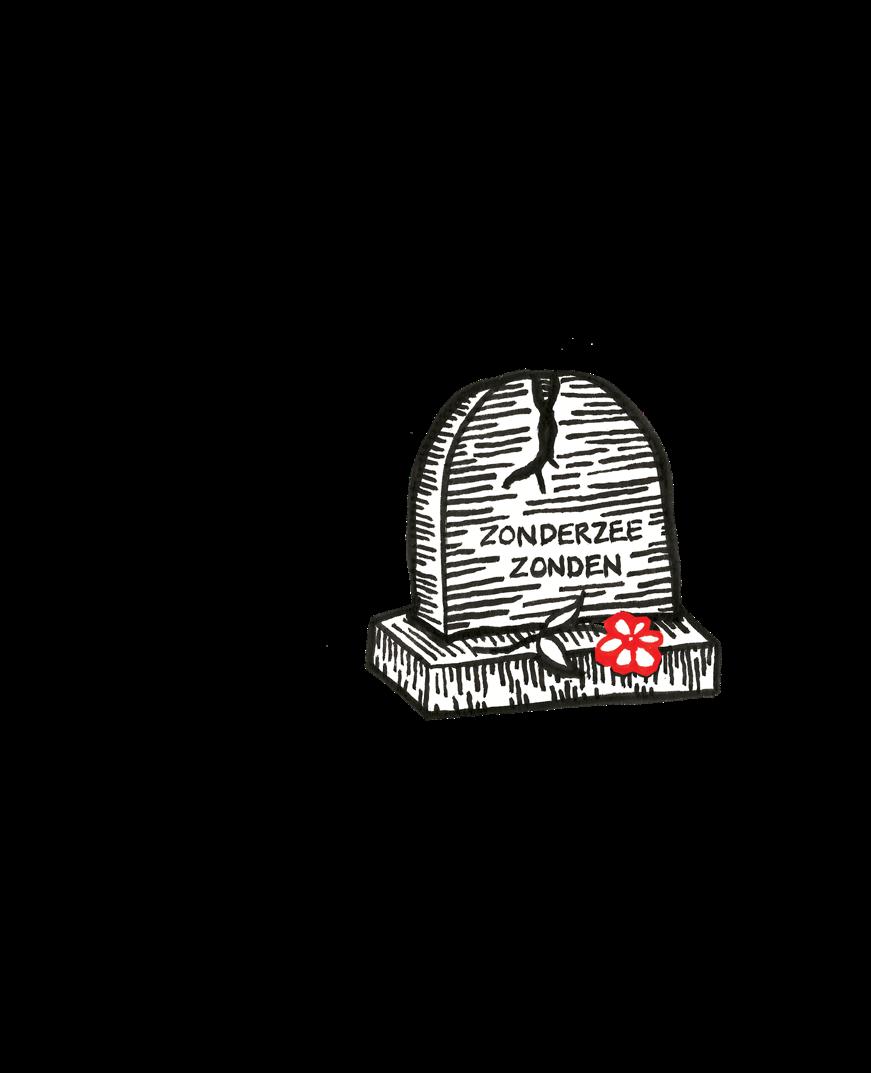


out laughing, I say: ‘And he must certainly clean the house.’ Her smile disappears and she looks at me insistently as she puts her hand on my arm: ‘I get it and it’s hard to find the one, Manpreet. I can look for a suitable partner for you in our community, but the requirements you pose are not easy. There might be another way. I promise you it works, and have you ever caught me in a lie?’ I’m startled by her serious face and pull my arm away from under the warmth of her hand. I might believe in her old tricks, and I indeed never caught her in a lie. ‘Hmm. . . what should I do?’, I ask her a bit hesitantly. With an intense look in her eyes and clenching jaws, she says: ‘Tonight, the full moon will occur, and you will surround your bed with six pomegranates, and from each, you will eat one seed.’ I watch her wide-eyed and burst out laughing: ‘That is the saying “the way to the heart, goes through the stomach”, taken very literally, huh’. I finish the last sip of my tea and tell her it’s time to go. Crazy old woman. That evening when I get home, my roommates are watching, or rather drooling over the romance between Julia Roberts and Hugh Grant. I decide to skip this Hill and go to bed. Annoyed, I shove my face into my pillow. I sigh and in one quick movement I sit up in bed. Enough. After slaughtering six pomegranates, I surround my bed with the fruits. What am I doing? I take one seed out of each and eat them, one by one. While falling asleep, I hear a hissing noise and smell cardamom. Swirls of pink mist arise and fill my room. Out of the mist, I recognise a human figure, with perfect brown hair, nice cheekbones and wait; is he holding a social studies degree and a cup of chaa? The smoke disappears and I can clearly see: that’s not the one.
Onder de golven aan de Zuiderzee
Tekst Tess Zondervan Images Harriet Smith
Als we sagen en legenden mogen geloven, gebeuren er wonderlijke dingen in ons kikkerlandje. Bovennatuurlijke krachten veroorzaken onverklaarbare taferelen, waardoor magie misschien toch niet helemaal uit te sluiten valt. Heksen, spoken, zeemonsters en goden omsingelen onze dijken en zeeridders bewonen de voormalige Zuiderzee. Onheil ligt altijd op de loer, zeemeerminnen vormen toeristische attracties en schepen kunnen zeilen zonder wind. Welkom in de fascinerende wondere wereld van Nederland in het jaar kruik.
In de rijke geschiedenis van Nederland zitten duizenden volksverhalen verscholen. Velen daarvan werden verteld rondom de mysterieuze voormalige Zuiderzee. Zowel schriftelijke als mondelinge overleveringen geven ons vandaag de dag de eer een staartje mee te pikken van de verhalen van toen. Volksverhalen, sprookjes, sagen en legenden konden de merkwaardigheden van mysterieuze plekken en gebeurtenissen verklaren. Ze konden onze voorouders waarschuwen voor gevaren en hen wijze levenslessen bijbrengen. Helaas werd lang niet alles opgeschreven. Vele verhalen verdwenen in de eeuwigheid. Pas in de negentiende eeuw bloeide de wetenschappelijke en folklorische belangstelling op, nadat de gebroeders Grimm hun eerste sprookjes en sagen publiceerden. Door het grondige speurwerk van volksverhaalverzamelaars kennen we tegenwoordig verhalen die zo oud zijn als de middeleeuwen. Wat er werkelijk van waar is zullen we nooit weten, maar de verhalen hebben wel degelijk bestaan en zijn door de eeuwen heen verteld en gevormd. Gelukkig zijn ze niet allemaal met het einde van de Zuiderzee ten onder gegaan.
Onderzeese zonden
Diep onder de golven bedolven liggen grafstenen die de lang-overledenen bedekken. Je vindt ze tussen Urk en Schokland. Of beter gezegd: je vindt ze er niet meer, want de stenen zijn van oude tijden; tijden die al lang vergeten zijn. De zonden zijn dat echter niet. De legende van de Nagele vertelt over de ruïnes van een mysterieuze, vergane stad, waar de inwoners van eeuwen geleden rusten. De Nagele is een duistere, ongelukkige plek, vervloekt door zonden. Dat alles komt door die éne avond in de herberg op Emmelerwaard. Er werd gedronken, veel gedronken, en een aantal mannen begon boze woorden naar elkaar af te schieten. De woede borrelde op en werd van kwaad tot erger, totdat er messen getrokken werden. Twee ruige, rood-behaarde mannen gingen elkaar te lijf en niemand moest het wagen tussenbeide te komen. De moordlust brandde in hun ogen. Toch was er één persoon die probeerde de twee uit elkaar te drijven: de pastoor. Hij was gewaarschuwd over de gewelddadige praktijken in de herberg en wilde een slechte afloop voorkomen. Hij hief zijn handen richting de hemel en riep boven het vechtrumoer uit: ‘Geen moord en doodslag om Godswil, geen moord en doodslag! Laat af van het mes! Zonde is het, zonde!’ Het optreden van de pastoor maakte de vechtende mannen door het dolle heen en nog voordat hij uitgesproken was werd zijn hart doorboord door een vlijmscherp mes. De pastoor stortte ter aarde, maar voordat zijn geest naar de hemel dwaalde riep hij met grote stem dat de Nagele zou vergaan. Hij zei dat de zee de stad zou verzwelgen en dat de vissers hun netten zouden scheuren aan de stenen. Daarna sloot hij voor eeuwig zijn ogen. Urker vissers hebben eeuwenlang beweerd dat de straf op de zonde is gevolgd. Zij hebben hun netten aan stenen gescheurd en bij laag tij zelfs brokstukken naar boven gevist. De rest van de Nagele is vergeten, maar de zonden hebben hun beloop.
Gifted with ADHD
Challenging the dominant ideas and negative annotations on ADHD


While writing this article about ADHD, my thoughts wander off, my hands keep searching for distractions. I take a break from writing and leave my desk to do the dishes. In the middle of washing my plates I think of a title for this article. I’m walking to my laptop, but see my washing machine and start unloading my clothes. Wait, what was I doing in the first place? Text and image Rozan Snoek
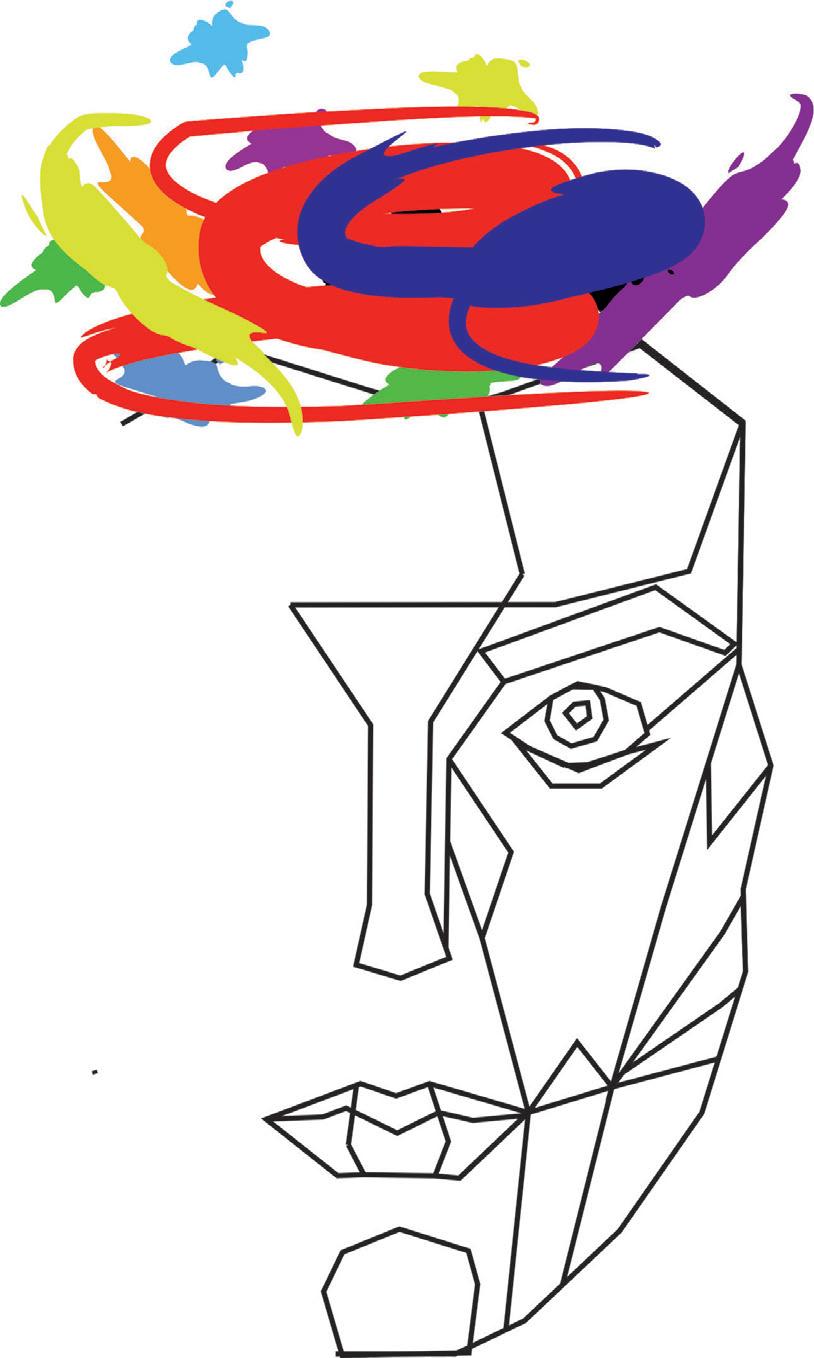
ADHD stands for Attention Deficit Hyperactivity Disorder, a neurodevelopmental disorder mostly diagnosed during childhood. ADHD signs are categorised into three forms of symptoms. Having a hard time concentrating or focusing on one task is categorised under inattentiveness. Overactive bodily behaviour or experiences of restlessness is sorted as hyperactivity and acting without thinking or interrupting conversations fall under the category of impulsiveness. The subdivision of symptoms helps to recognise and diagnose those who have ADHD, but the symptoms can differ for every individual. To be able to get the diagnosis as an adult, the disorder has to influence day-to-day life in a negative way. For example: underachieving at school or work, having a hard time keeping your house clean and difficulties with romantic or friendly relationships.
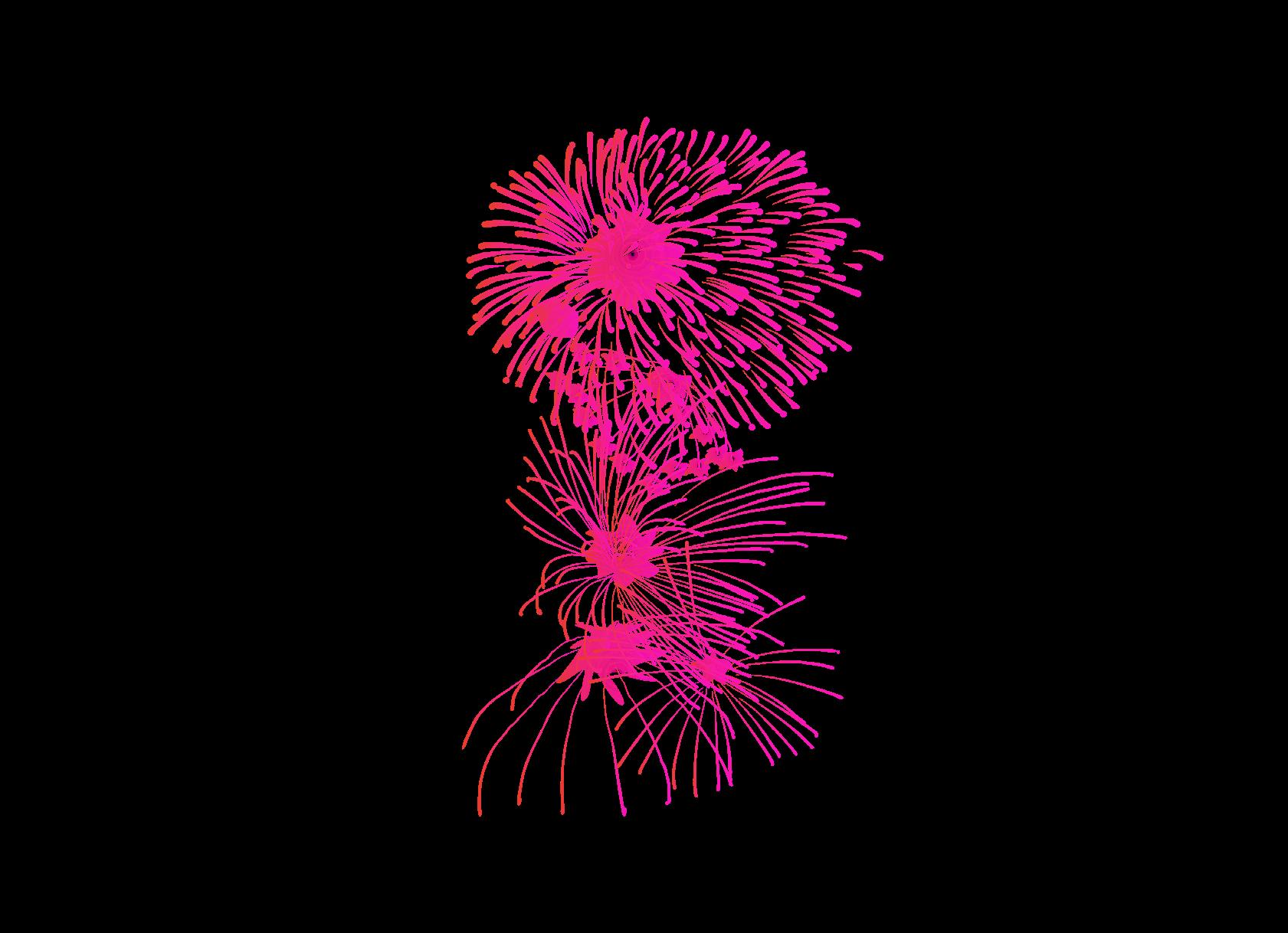
As a young woman, the influence of ADHD in my daily life was a motivation for me to set in motion the diagnosis process. Initially, I didn’t recognise myself in the dominant behavioural problems: the busy kid with an inability to sit still and wait my turn, acting without thinking and excessive talking and moving. Now I know that ADHD is more than just the dominant symptoms and can therefore be unnoticeable for others. My difficulty with focusing and concentrating happens within my own brain. I thought everybody was struggling with the same low levels of concentration on a daily basis. Therefore, I didn’t understand why, in relation to ‘normal’ people, I had such a hard time dealing with the same tasks and expectations. This effected my self-esteem, because I related these ‘shortcomings’ to me being stupid, lazy, forgetful, but mostly different. To deal with those problems, I decided to get help and went to a therapist when I was 18 years old. After multiple sessions, my therapist recognised that my problems were related to ADHD and not a lack in ability or motivation.
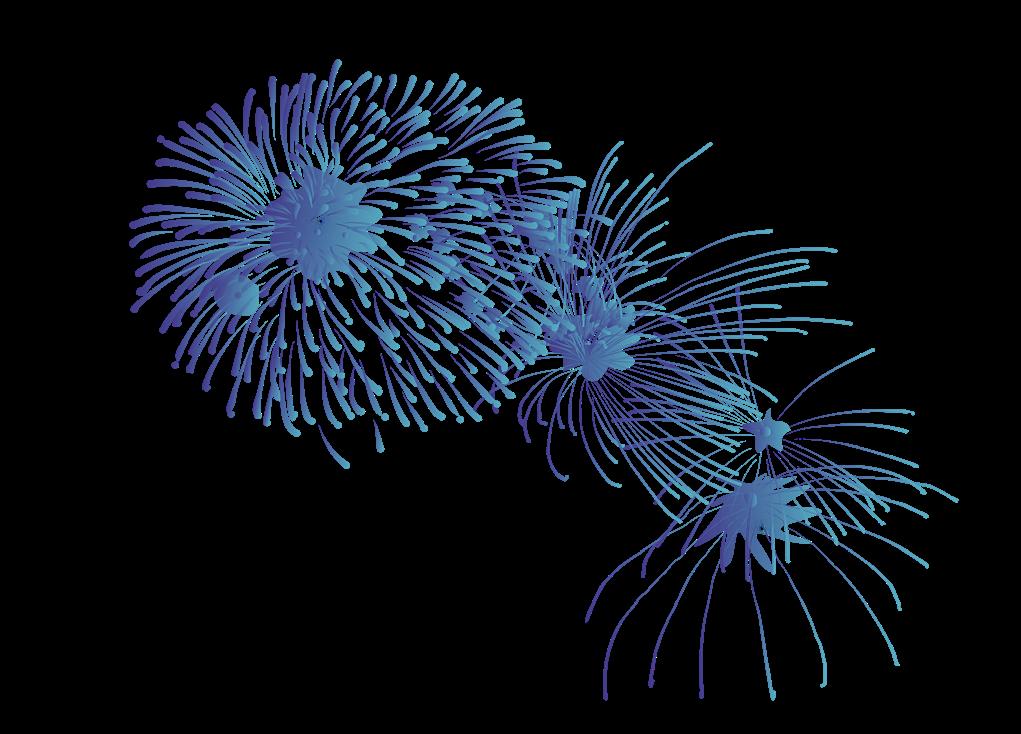
Accepting the diagnosis
After my diagnosis, I started to read a lot about ADHD and gathered information from my friends who were, at the time, already diagnosed with ADHD. It’s remarkable how much of this information is focused on the negative annotations, leading me to believe I live with a ‘disorder’ that needs to be treated. When diagnosed, I made the choice to do cognitive behavioural therapy; to find ways to reduce ADHD related symptoms by changing behavioural patterns. This method is created to become more successful in life as one becomes aware of the embodied thought patterns. This method, in combination with medication, is the standard treatment for ADHD in the Netherlands. Even though this method is very useful, it reinforces the idea that ADHD is a ‘disorder’ which needs to be dealt with instead of embraced. There are also positive representations and perspectives on ADHD. Tracy Otsuka’s podcast ADHD for smart ass women emphases ADHD not as a ‘disorder’, but as a ‘gift’. Tracy Otsuka herself is diagnosed with ADHD and from that perspective she interviews women who successfully navigate their ADHD. She credits her ADHD as her greatest ‘gift’ and shares the message: ‘to proudly stand out instead of trying to fit in’. To me, this is an improved perspective on ADHD: emphasising on the positive sides and “super powers” that are also related to ADHD.
ADHD as a gift
To turn ADHD from a ‘disorder’ into a ‘gift’, it is important to emphasise the many positive aspects of ADHD. Calling it a ‘disorder’ depends on the perspective and environment. When standing on the soccer field, an excess of energy comes in handy. In the classroom, that same energy is not appreciated by most teachers and fellow students. Examples of positive sides are: being creative, empathetic, spontaneous, enthusiastic, thinking outside of the box and taking risks. Creativity comes in many forms and stages. For me, creativity is not the ability to paint or make music, but the ability to come up with ideas or think of solutions. When I have to write an essay, I can think of multiple topics to write about, I have the ability to make new connections between the existing literature and I think of multiple perspectives addressing this subject. However, I also see all the possible pitfalls for both my article and my writing process. Regulating my concentration can be a pitfall, leading to procrastination and sloppiness. Even though starting a project or essay can be a great opportunity for procrastination, when started, a hyperfocus often arises. A hyper-focus is a certain state of flow, accompanied by intense concentration and attention that is energised surrounding a task. With this flow my productivity levels are very high and I can get a lot done in a small amount of time, since I’m fully absorbed by the task. When I edit film material or play a game of chess I can get so involved, I even forget I have other appointments on that day. Thus, the regulation of concentration is the challenge rather than the amount of concentration in general.
Embracing different brains
I used to believe that ADHD was a ‘disorder’ that needed to be treated. Not only because the name itself implies that something is ‘wrong’ with the person, but also since all the information I found confirmed this idea. Now, I’ve come to realise this is not the entire truth: there are two sides to consider: the negative and the positive. I’m learning to deal with the symptoms by proudly standing out and creating systems that work for me. Using colour coded systems, setting timers to be aware of the time, putting on rings to fidget with when I get restless. Creating these methods and coming up with creative solutions, show the wonderful and unique, but often hidden aspects of ADHD. Just as, and because of, Tracy Otsuka I believe my ‘disorder’ is actually a ‘gift’. To change the general conception about ADHD, we have to look beyond the dominant idea of people with ADHD as lazy, unmotivated and we need to stop marking the amount of talking or moving as excessive. Instead, we must change our conception and see people with ADHD as people who can bring a lot of joy and spontaneity with a loaded amount of energy, creative ideas and new concepts. By accepting different kinds of brains and believing in ADHD as a ‘gift’, we can make the world more creative, risky, spontaneous and ‘outside the box’. Ready to do this together?
She credits her ADHD as her greatest gift
I’m fully absorbed by the task
